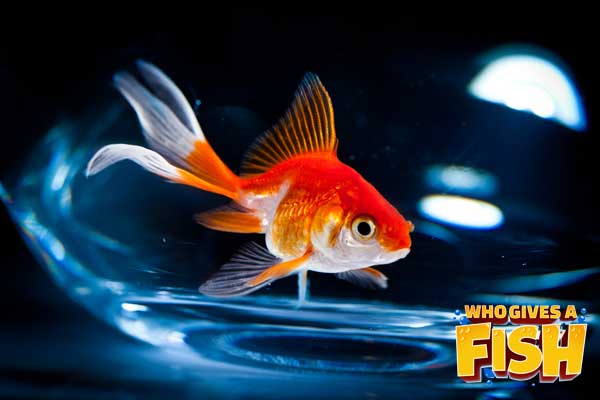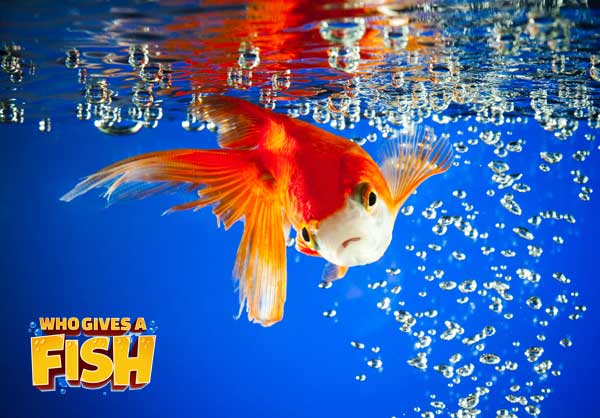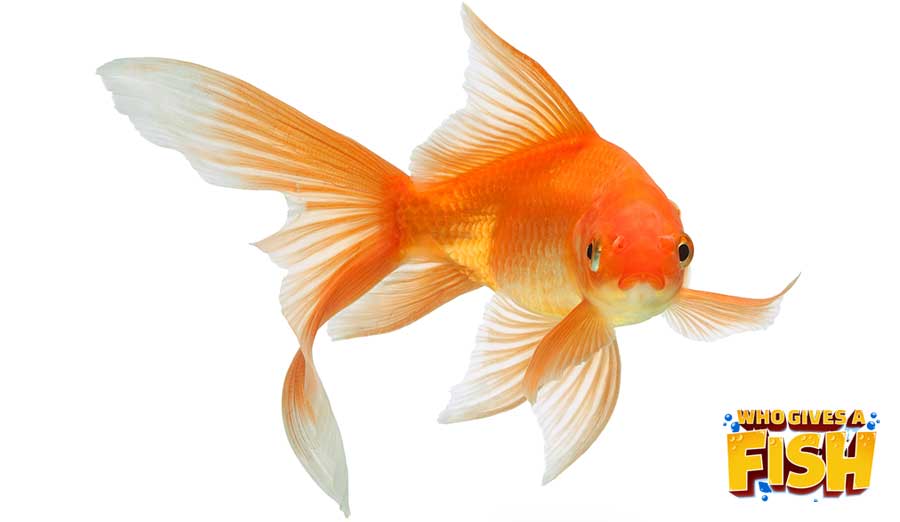Fancy Goldfish
The fancy goldfish (Also known as Carassius auratus) is a freshwater aquarium fish which is also known as the common goldfish. It is indigenous to eastern Asia where it is distributed from Siberia to China and it has now spread across the globe. It mainly occupies lakes, ditches, ponds and rivers with vegetated stagnant or slow-flowing water.
- Experience Level: Beginner to Advanced
- Hardiness: Hardy
- Minimum Tank Size: 20 G (75L)
- Maximum Size: 8 in (20 cm)
- Temperament: Peaceful
- Temperature: 40°F – 80°F (5°C – 27°C)
- pH Range: 6.0 – 7.5
- Water Hardness: 5 – 20 dH
- Diet: Omnivore
Table of Contents
Introduction
Aquarium Setup
Difficulty
Feeding
Breeding and Social
Crassius auratus was first tamed in China. It was bred around 1000 years ago in China for ornamental pond as fish food and aquaria. According to Dr. Yoshiichi Matsui, a professor of fish culture who teaches at Kinki University in Japan, the Carassius carassius is the indigenous version of the elegant goldfish.
Many ornamental breeds have been developed for water gardens and aquariums around the world.
The Carassius auratus has a protracted, sturdy body with a broad, triangular head. The caudal fin is reasonably forked, with up to 19 soft rays and the corner of the dorsal fin is somewhat concave. The snout is longer than eye diameter.
It bears a long dorsal fin with up to 21 soft rays, while the anal fin contains 2-3 spines and 4-7 soft rays. The lateral line has up to 31 scales in a series. The Carassius auratus has no barbels on the uppermost jaw, and lacks scales on the head with abnormally large eyes. The anal fin of the male is concave, whereas it is convex on the female. The pelvic fins are small, wide and thoracic.
It can vary in color from gold to olive green or even a creamy white. It generally feeds on detritus, benthic invertebrates, planet material and plankton. It is able to tolerate low levels of dissolved oxygen and high levels of temperature fluctuations.
The fancy goldfish lays eggs on subsided vegetation. Females can spawn numerous times during the spawning period. It can grow up to 45 cm in length and can live up to 41 years.
Aquarium Setup
The fancy goldfish is a favored fish for the aquarium hobbyist. An aquarium of 25 gallons or larger is usually recommended to keep the elegant goldfish. It is usually a fairly rugged fish, is able to live in temperatures which range from 65.0 to 72.0° F. The tank should have a hardness and pH which ranges between 6.0 to 8.0 and 5 to 19° dGH respectively.
This fish swims in all regions of the aquarium. They should usually be kept in groups of 5 or more. It usually does better when it is kept with other goldfish. However, some ideal tank mates for fancy goldfish are the Northern Redbelly Dace and the Chinese Blue Bitterling. Other possible tank mates include the white cloud mountain minnows and similar cold water species.
Ample filtration, especially biological filtration is required for maintaining the water integrity of the aquarium. Because the filtration system removes wastes, excess foods and detritus which help to keep the tank fresh, and maintain the regular health of the fish in aquarium. The tank should ideally be adorned with a gravel substrate that aids in creating a more natural and comfortable environment for your fish.
Aquarium plants are the ideal choice of aquarium decor for your elegant goldfish. In these particular cases, mock plants make a decent substitute, and silk plants are safer than plastic plants. A routinely weekly water change is highly advised in order to keep your fish healthy. Snails can also be added as they can help to reduce the algae in the tank that helps to keep the tank fresh.
Fancy Goldfish Aquarium Guide
- Minimum Tank Size: 20 G (75L)
- pH Range: 6.0 – 7.5
- Water Hardness: 5 -20 dGH
- Temperature: 40°F – 80°F (5°C – 27°C)
- Lighting: Any
- Substrate: Any
- Water Flow: Low to moderate
- Tank Region: All tank areas
Difficulty
The most common varieties are easy to look after. Some of the more fancy varieties can be slightly more difficult to care for as they require much more stable water conditions and higher quality foods.
Feeding
The elegant goldfish is an omnivore and in the wild it usually feeds on insects such as mosquito larvae, benthic invertebrates, detritus, plants, small crustaceans and zooplankton. In captivity, it will gladly welcome most fish foods including freeze dried varieties and flakes.
It should also be fed a balanced diet that includes mosquito larvae, vegetation such as boiled peas and lettuce, azolla, salvinia, algae, freeze dried Tubifex worms, bloodworms, daphnia brine shrimp and aquatic plants such as duckweed. Feed should be supplied at least two or three mouthfuls per fish twice a day.
Fancy Goldfish Feeding Guide
- Diet: Omnivore
- Frequency: 2 – 3 times daily
- Pellet Foods: Yes (soak in water first to soften)
- Flake Foods: Yes
- Live Foods: No
- Meat Foods: Yes 1-2 times per week
- Vegetable Foods: Yes, most of diet
Breeding
It is almost impossible to sex an elegant goldfish precisely at less than 2 years of age. The only real way to sex your goldfish is during the breeding season. The males have small white spots called tubercles around their gill regions when ready to spawn. The females may have more round and convex vents, while the males have a more thin, concave vent.
It is simple to breed in an aquarium. The goldfish reaches sexual maturity for breeding at one year of age. During breeding season, the belly of the female becomes more full and heavier. The male develops ‘breeding tubercles’ on the gill operculum and along the front rays of their pectoral fin and sometimes on the head. These ‘breeding tubercles’ are a white pimple around the size of a pin head. The fish should be kept in separate tanks before breeding.
They are capable of breeding early in the morning when the temperature of the water is between 50-78.8°F but the ideal temperature is 68°F. The female lays around 500 to 1000 eggs on plants at the bottom of the tank and the eggs hatch within 72 hours. The ideal temperature for the eggs to hatch is 69.8°F. The hatched fry are generally very small, and they grow in size quickly and after the first 12 months it displays adult coloration. After spawning, the parent fish should be withdrawn to prevent them from eating the eggs.
The fry need to be fed adequate food such as brine shrimp and infusonia for twenty minute periods and any uneaten food should be siphoned off.
Social
They prefer to be kept with other goldfish. Other potential tank mates include white cloud mountian minnows and similar cold water species. Watch closely if you introduce different species to your tank though and be prepared to remove them if trouble starts.




